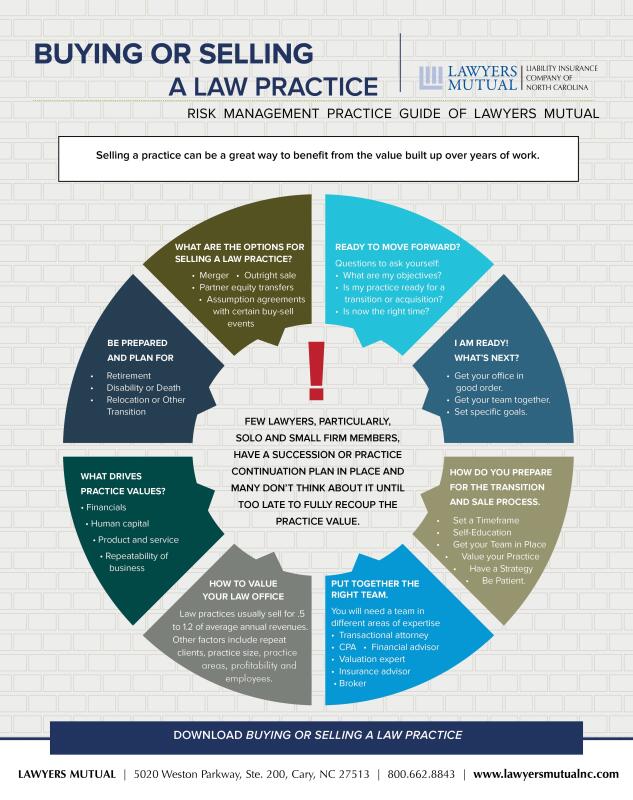What To Expect: The Timeline Of A Common Separation Instance
What To Expect: The Timeline Of A Common Separation Instance
Blog Article
Post Composed By- click the up coming web site
As you embark on the trip of browsing a divorce instance, you might find yourself questioning the timeline that lies ahead. From the initial phases of submitting files to the intricacies of negotiation and the possibility for a trial, each action holds its own set of difficulties and unpredictabilities. Understanding the sequence of events can aid you plan for what's to come and expect the weaves that may arise in the process.
First Declaring and Solution of Documents
When beginning the divorce process, the primary step is the preliminary filing of the essential files with the court. This action formally begins the lawful treatment and sets the separation case moving. You should send kinds that detail the premises for divorce, assets, liabilities, income, expenses, and any other appropriate details needed by the court.
After filing these files, copies must be served to your partner, notifying them of the separation proceedings. This solution can be done with a process-server, sheriff's office, or qualified mail, guaranteeing that your spouse is formally notified of the separation case versus them.
Once the papers are submitted and served, the court will give an instance number and appoint a judge to manage the case. It's vital to accurately finish and submit these documents, as any kind of mistakes or noninclusions can delay the divorce procedure.
This initial step lays the structure for the lawful dissolution of your marriage, noting the beginning of a potentially challenging however necessary procedure.
Exploration and Negotiation Phase
During the Exploration and Settlement Phase of a separation situation, both events take part in collecting details and trading relevant records to better understand each other's economic situations and various other pertinent information. This stage is essential as it sets the foundation for negotiations and prospective settlement contracts. With approaches such as interrogatories, requests for production of documents, and depositions, each event aims to uncover truths, assets, financial debts, and other important information that might affect the situation's result.
Negotiations during this phase frequently entail discussions on different concerns like property division, kid safekeeping, visitation timetables, and financial backing. Alimony might work with their attorneys to check out negotiation alternatives, possibly avoiding the demand for a trial.
Mediation or collaborative law processes may also be utilized to help with efficient discussions and reach mutually acceptable contracts. It's vital to approach this stage with transparency, honesty, and a determination to compromise to attain a smoother resolution and decrease the emotional and monetary toll of a lengthy court battle.
Trial and Last Resolution
Moving on from the Discovery and Negotiation Phase, the Trial and Final Resolution phase marks the end result of your divorce case. This phase is where unresolved issues are brought before a court to make decisions on matters like asset department, youngster custody, and support. The test usually includes offering evidence, witness testimonies, and lawful disagreements to support your instance.
During the test, both celebrations will have the chance to provide their placements and counterarguments. It's critical to be prepared, as the judge's decision will dramatically impact the last end result of your separation.
Following the trial, the judge will provide a final judgment that details the terms of the separation, consisting of any type of financial settlements and guardianship arrangements.
When the judgment is released, the divorce is settled, and both celebrations are legitimately bound by its terms. While the test stage can be demanding and emotional, it's a needed action in the direction of getting to a last resolution and progressing with your life post-divorce.
Conclusion
Finally, navigating a divorce case includes a series of actions from filing preliminary files to getting to a last resolution. Understanding the timeline of occasions can assist you plan for what to anticipate throughout the process. By being aggressive, looking for lawful advice, and remaining informed, you can browse the intricacies of separation proceedings with self-confidence and clarity.
